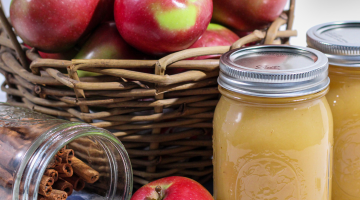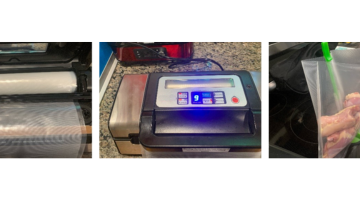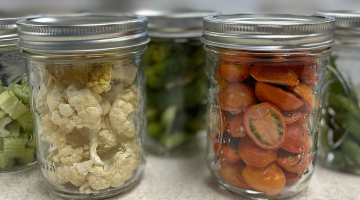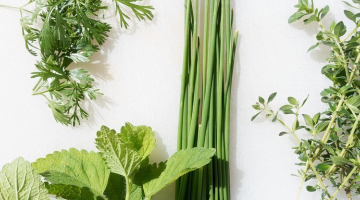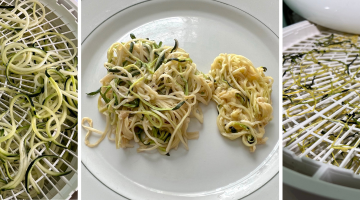It’s Apple Season in Maine!
— By Jess Roberts, UMaine Extension Master Food Preserver Volunteer Autumn is upon us! Maine’s fair schedule was saturated with activities from June through October. Many fairs highlighted the annual display of Maine apples. The Common Ground Country Fair presented a lineup of the hundreds of apple cultivars growing in the state courtesy of the […]
Read more
